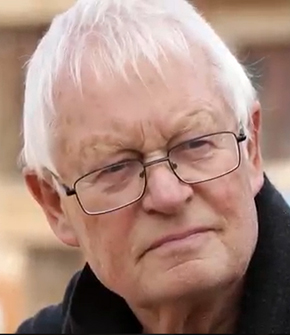Jørgen Rahbek Thomsen

- Profession: Architect
- Country of Origin: Denmark
Jørgen Rahbek Thomsen was one of the eight Danish architecture students from the Kunstakademiet, Copenhagen, who arrived in Kathmandu in 1967 after a three-month drive from Denmark and surveyed Bungamati for a couple of months. The team included Kristen Knudsen, Carl Herforth, Jorgen Thomsen, Inge Alstrup, Freddy Avnby, Jens Waerun, Ny Lotz and Hans Haagen.
Initially, the team planned to work in a Himalayan village, but after consulting with Carl Prusca, who had been working on the projects in Kathmandu Valley, they considered Newari settlements in the valley itself. A Newari settlement was more suitable for their project idea as they wanted to work in a small, self-sufficient community where they could document social and environmental interactions alongside studying and developing measured drawings of buildings and structures. After visiting a few places, they chose to work in Bungamati. Their research was based on an extensive survey of the village plan with its narrow streets and lanes around the Macchindranath temple square. The team surveyed different types of family houses and courtyards and documented the daily life of a typical Newar family. Furthermore, they interviewed people about their living conditions (income, landholdings, caste, etc.) and prepared a socio-economic survey.
“The sixties saw the beginning of political attention to assistance for underdeveloped countries, as they were then called, and since we had the rather naive idea that everything in the West had already been built, we felt that our future might very well be in these areas.”
Their drawings were first published in Arkitekten, 1969, no. 5, pp.90-114. In 1974, their entire material was exhibited at the National Museet in Copenhagen under the title “Bungamati en landsby in Nepal ” and subsequently published. Their in-depth survey and highly detailed drawings present the settlement pattern of Newars for the first time. After finishing his studies, Thomsen returned to Kathmandu in 1971 and worked with Carl Pruscha at the CEDA building in Kirtipur and the tourist village in Taragaon.
After several visits to Nepal, he made several friends and built personal relations with the locals of Bungamati. He shares:
“I am sure that we all have the feeling that trip in 1967 changed our lives. For me, it has been a lifelong love-affair with Nepal and its people.”
N/A
N/A
N/A
N/A